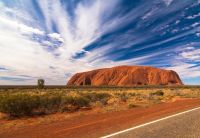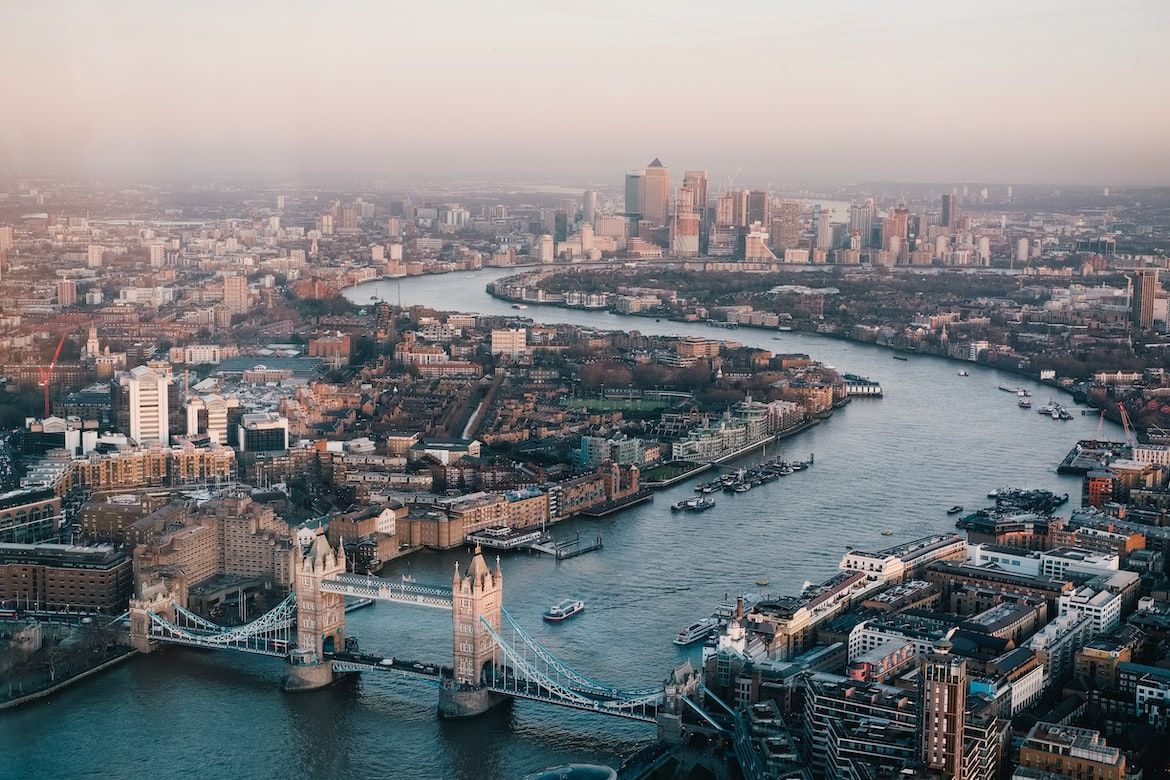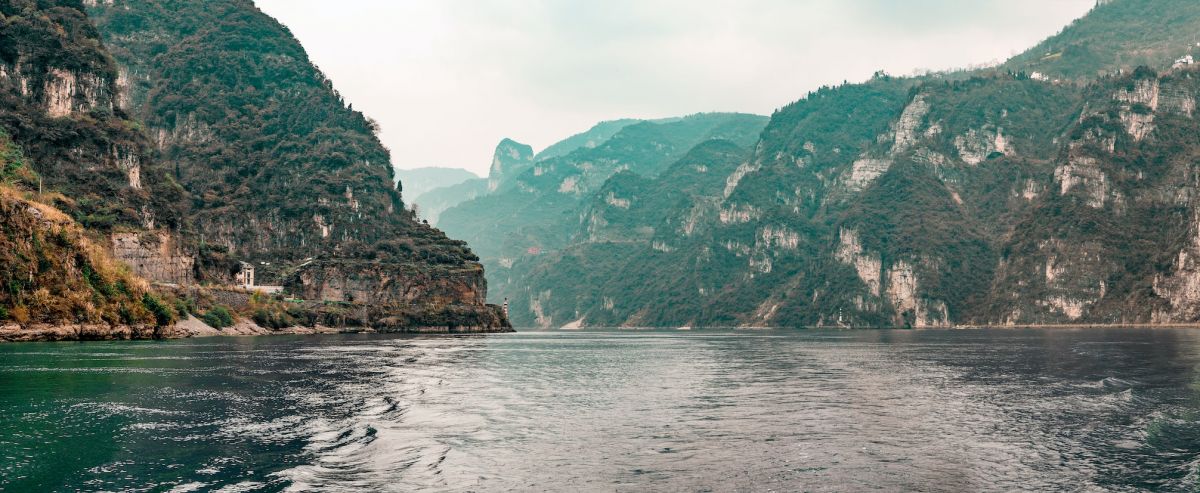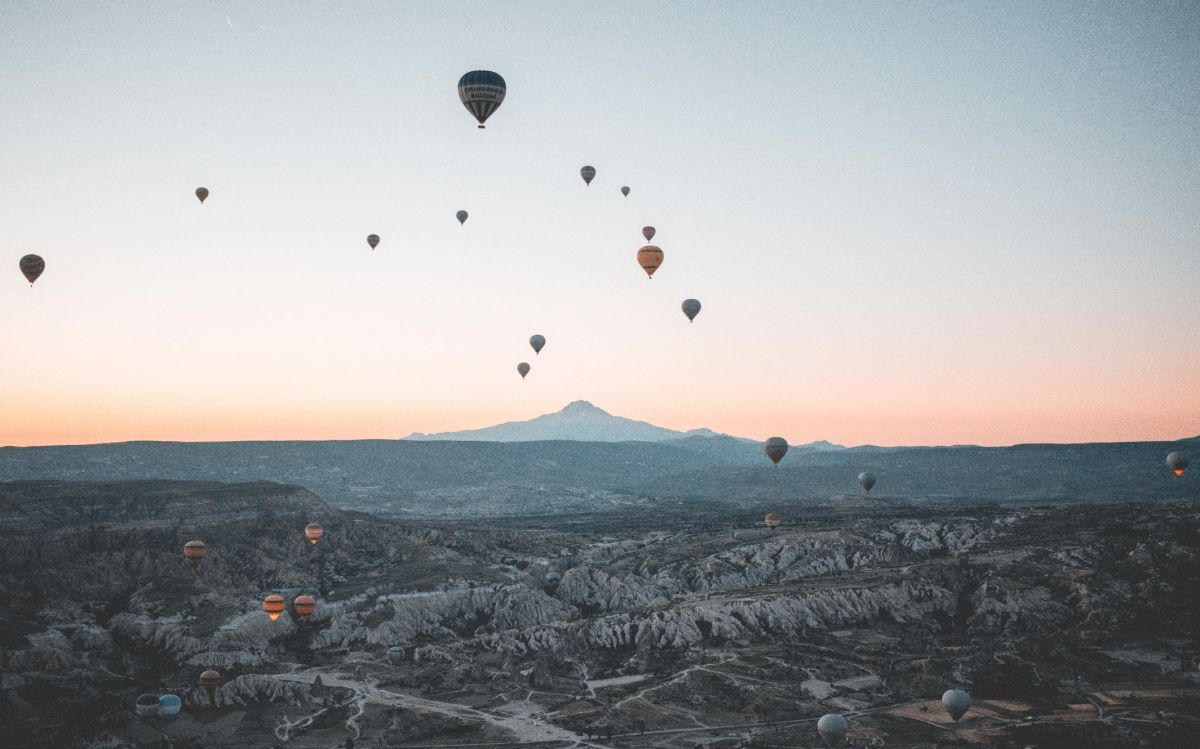21 facts about Mount Pinatubo
Mount Pinatubo is located in the Philippines. It gained its fame after a deadly eruption in 1991, that took the life of hundreds of people, and caused ...
21 facts about Mount St. Helens
Mount St. Helens is a stratovolcano located in North America. It is a part of the Pacific Ring of Fire, and the Cascade Volcanic Arc. It is associated ...
15 facts about Jordan River
It has been an important settlement site since ancient times and has played an important role in the history and culture of the region.It is considere ...
























